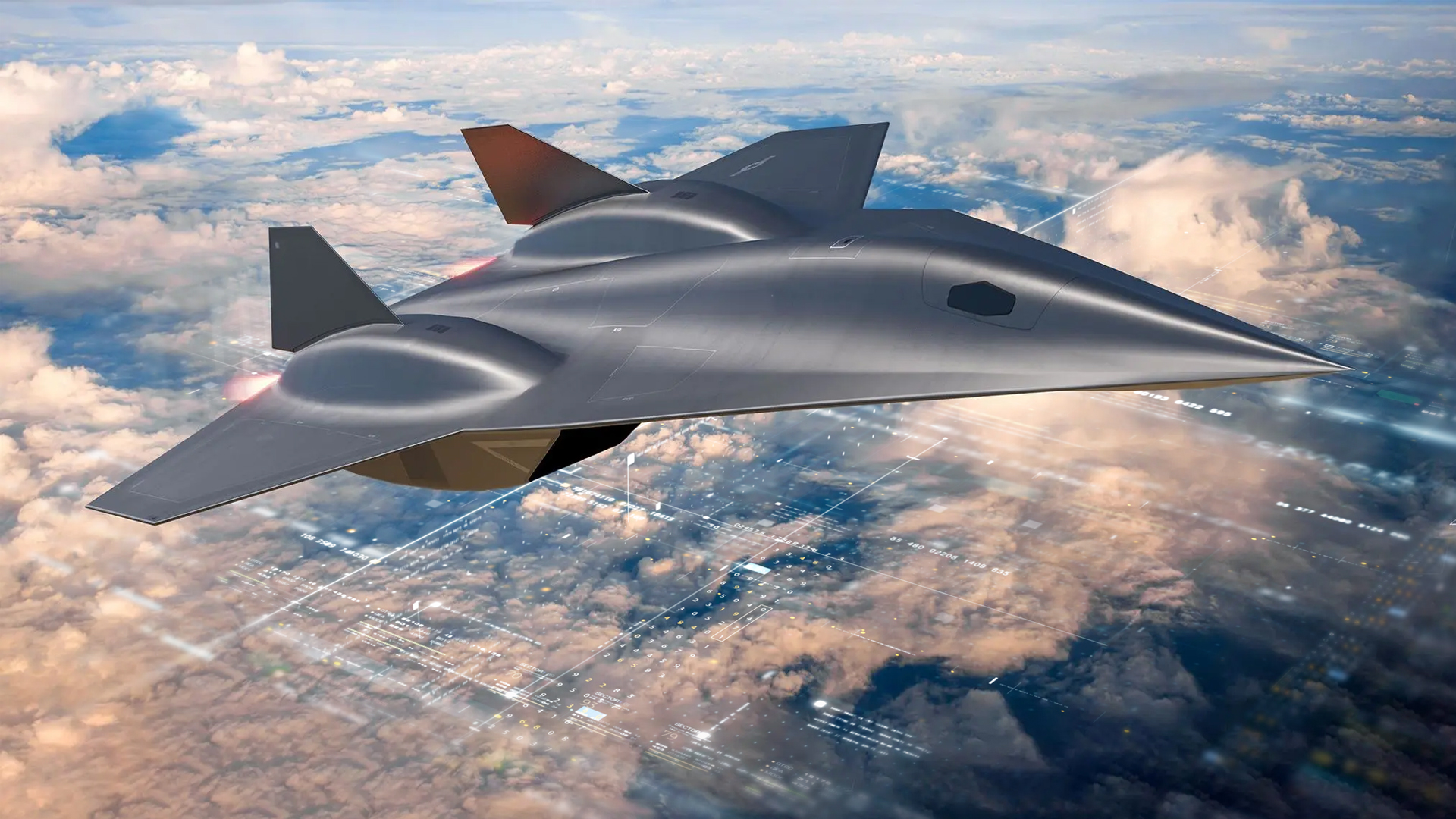How CALCULEX stays on top of next-gen flight recorders
April 23, 2025
It’s an ongoing process of iteration from current to future technology
Double the speeds. Increase data storage from terabytes to petabytes. Make it cooler. These flight recorder requirements are at the core of what CALCULEX is being asked for from today’s military. Over more than 30 years of supplying flight recorders, we’re addressing these ever-increasing needs with an action plan for the next generation.
As military aircraft are fitted with an increasing number of sensors, the demand for flight recorders able to capture it all at high speed is at a premium. CALCULEX engineers approach this fast-moving environment with one foot in the present and the other in the future. When a Request for Information (RFI) comes in with what might seem impossible requirements, the team is ready with an assessment of what’s currently available along with an estimate of how long it will take to reach that new set of parameters.
Coupled with that is an ongoing series of upgrades that ensure the ability to always be on the leading edge. One example comes from a prime looking for higher recording speeds from the company’s existing RAPTOR fiber optic recorder. Along with data storage reaching into petabytes, the request also included Type 1 encryption. Working with a security partner, the proposed solution consists of two individual units — one for the Removable Memory Module (RMM) and the other the encryption module from the partner.
Since the request was to encrypt the data before recording it, the connection required using an optical PCIE Gen 5 bridge rather than copper. Another similar request didn’t include encryption but for a recorder with much higher memory and RMM size along with four, 100 Gbps ethernet connections.
The ability of CALCULEX to manage these types of requests is based in the custom nature of most of the recorders the company makes. Customers don’t want to hear “that’s impossible,” so our design engineers always start with what’s available now, then look at how to make the future come as quickly as possible. The team knows from plenty of experience that even a call for petabytes of storage able to fit in a small space isn’t far from reality. CALCULEX today offers expandable storage up to 640 TB, and it’s close to fulfilling an upcoming naval requirement for 900 TB.
Balancing speed, size and thermal requirements is a constant consideration. More advanced chip sets to achieve faster write speeds have required liquid cooling solutions. CALCULEX aims to achieve ideal thermal management using only conduction and some airflow. That’s made possible in part by switching SSD drives from SATA to NVMe. The NVMe drives have data transfer rates more than 10X faster than SATA, and CALCULEX is the only supplier in the industry using them at scale.
Yet another element of customization comes from the use of field programmable gate array (FPGA) circuits. These enables customers to easily make changes even after they’ve received the unit. While our previous recorders needed 2 FPGAs, the newer devices have improved enough so that only one is needed — adding up to even more size benefits.
CALCULEX continues to bid on many iterations of recorders swapping ethernet for fiber optics for greater speed and vastly expanded storage capacity alongside much-improved thermal management. All of the upgrades support the underlying need for recorders enabling extended flights where sensors are collecting data for longer periods of time. Fulfilling those needs is at the heart of where we’re headed.


